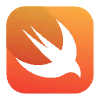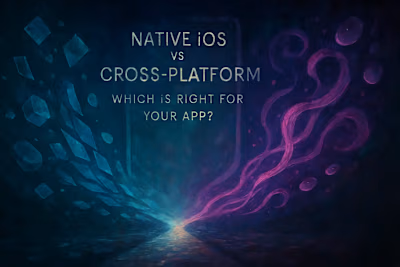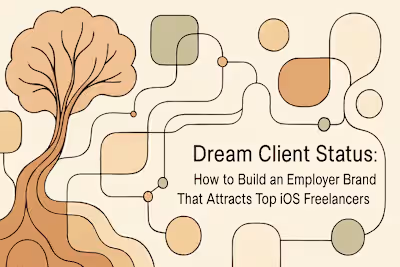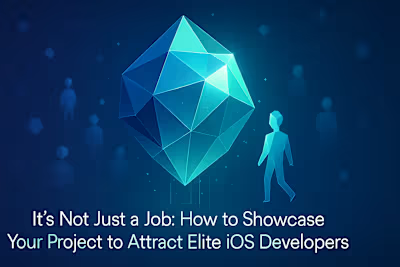How to Write an iOS Developer Job Description That Attracts Top Talent
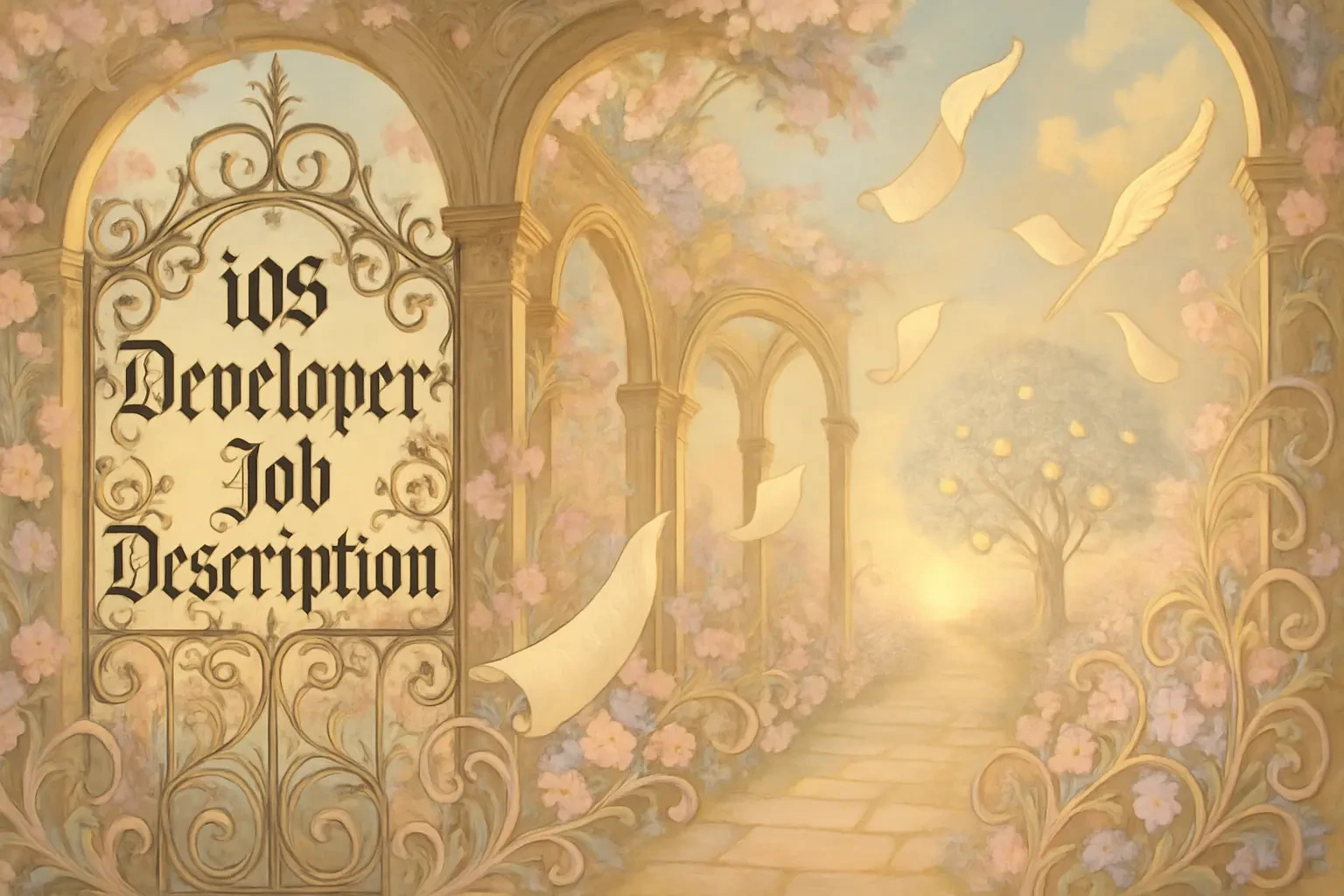
How to Write an iOS Developer Job Description That Attracts Top Talent
Beyond the Basics: What A-List Developers Look For
Selling the 'Why': Your Project's Vision and Impact
Detailing the Tech Stack: Be Specific and Honest
Highlighting Growth and Learning Opportunities
The Anatomy of an Irresistible iOS Developer Job Post
Job Title: Clarity and Specificity Are Key
Company Introduction: Your Elevator Pitch
Role Explained: Responsibilities and Daily Tasks
Skills & Qualifications: Must-Haves vs. Nice-to-Haves
Red Flags: What to Avoid in Your Job Description
Vague Language and Corporate Jargon
The 'Unicorn' Job Post
Lack of Transparency on Compensation
Conclusion
References
How to Write an iOS Developer Job Description That Attracts Top Talent
Beyond the Basics: What A-List Developers Look For
Selling the 'Why': Your Project's Vision and Impact
Detailing the Tech Stack: Be Specific and Honest
Highlighting Growth and Learning Opportunities
The Anatomy of an Irresistible iOS Developer Job Post
Job Title: Clarity and Specificity Are Key
Company Introduction: Your Elevator Pitch
Role Explained: Responsibilities and Daily Tasks
Skills & Qualifications: Must-Haves vs. Nice-to-Haves
Red Flags: What to Avoid in Your Job Description
Vague Language and Corporate Jargon
The 'Unicorn' Job Post
Lack of Transparency on Compensation
Conclusion
References
Posted Jul 6, 2025
Tired of generic applications? Learn how to craft a compelling job post for iOS developers that highlights the right skills, showcases your project, and attracts A-list talent.

